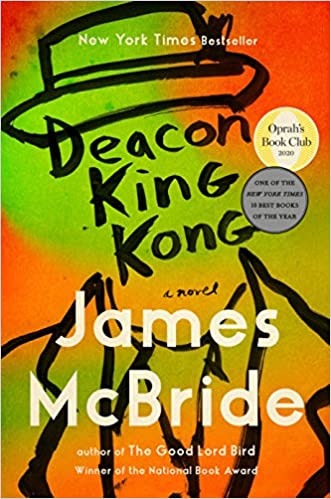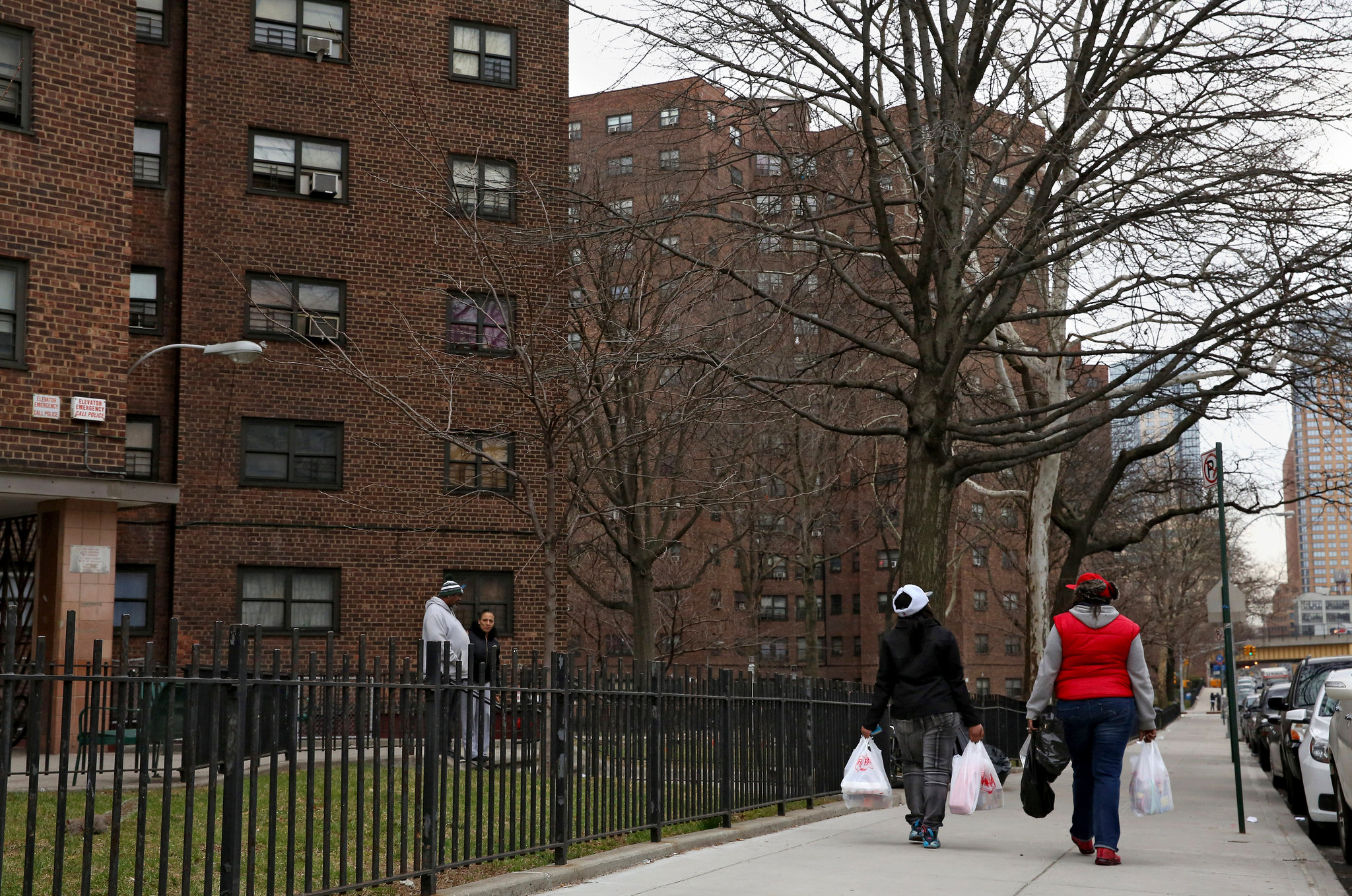 Set in a fictional Brooklyn neighborhood in the mid-1960’s, Deacon King Kong is more a series of related vignettes than a real novel with a real beginning, and an arc that carries the reader to an ending . . . which is surprising given the intensity of a key event.
Set in a fictional Brooklyn neighborhood in the mid-1960’s, Deacon King Kong is more a series of related vignettes than a real novel with a real beginning, and an arc that carries the reader to an ending . . . which is surprising given the intensity of a key event.

Five Ends Baptist Church is the center of the black community in the Causeway neighborhood, which also includes some Puerto Ricans, Italians, and Irish cops. The protagonist, if you can call him that, is a popular, drunken old black man named Cuffy Lambkin, known to his friends as Sportcoat. He’s also known as Deacon King Kong because he is a deacon of the church and his booze of choice is a locally brewed moonshine known as King Kong which he and his friend Hot Sausage drink prodigious amounts of in the furnace room of their Cause Project building.
Besides being genuinely charming Sportcoat is a solid citizen of the community and a mentor to young people. Most important for the book he was a mentor to a talented teenage ballplayer-turned-heroin-dealer named Deems Clemens. He shot Deems while in a stupor which caused the ballplayer part of his ear and created a neighborhood sensation.

Given that event it’s surprising that the book doesn’t depend on a normal sort of story arc. The series of stories are loosely related. For example, the neighborhood Irish cop falls in love with Sister Gee, wife of the minister and a leading member of the church. He, of course, gets the assignment of solving the shooting and that is one of the many stories in this book that is told without completion.
Included is the story of how the church was built by a group of unemployed black people who moved there when the industries that supported the former Italian families moved out. And then there is the story of how the leader of the Italians in fact financed the church and how his son gets involved in replacing Deems as the neighborhood drug dealer which gets Deems in shooting trouble again.
Oh, and there is a bit of drama within the Italians, and . . . uh . . . well, it is entertaining to speculate how they come out because the stories that do finish have unusually happy endings, and those that don’t . . . well, they don’t.
Parts of the book were an arduous read because everybody has at least two names and there are a bunch of them. And the dialogue, while often funny, seems a bit condescending to the black community as it reads like an admixture of Amos ‘n’ Andy, The Jeffersons, Abbot and Costello, and who knows who else.
It’s an OK book, not a great book, and I can’t quite understand all the excited reviews it received or its place as #1 on the NY Times Bestseller list and on the paper’s list of the 10 best of the year. But, then, I don’t often understand these things.
Recent Comments
by Benjamín Labatut
by Benjamín Labatut
by Kai Bird and Martin J. Sherwin
by John Vaillant
by John Vaillant